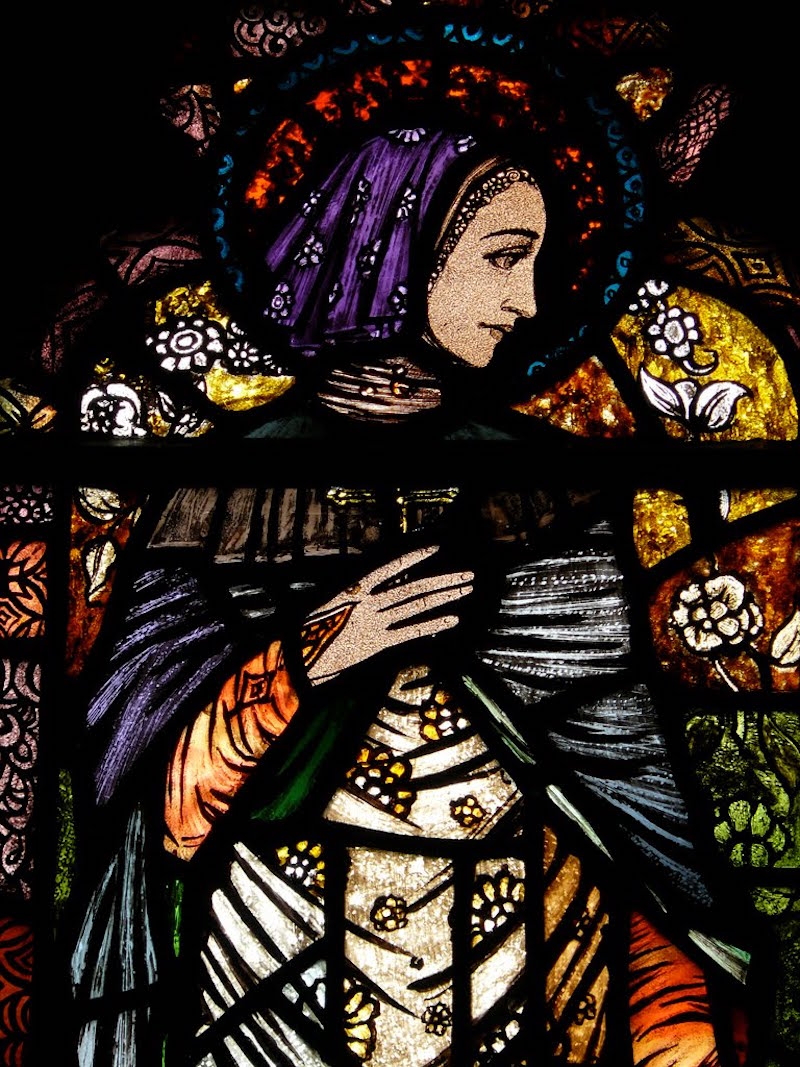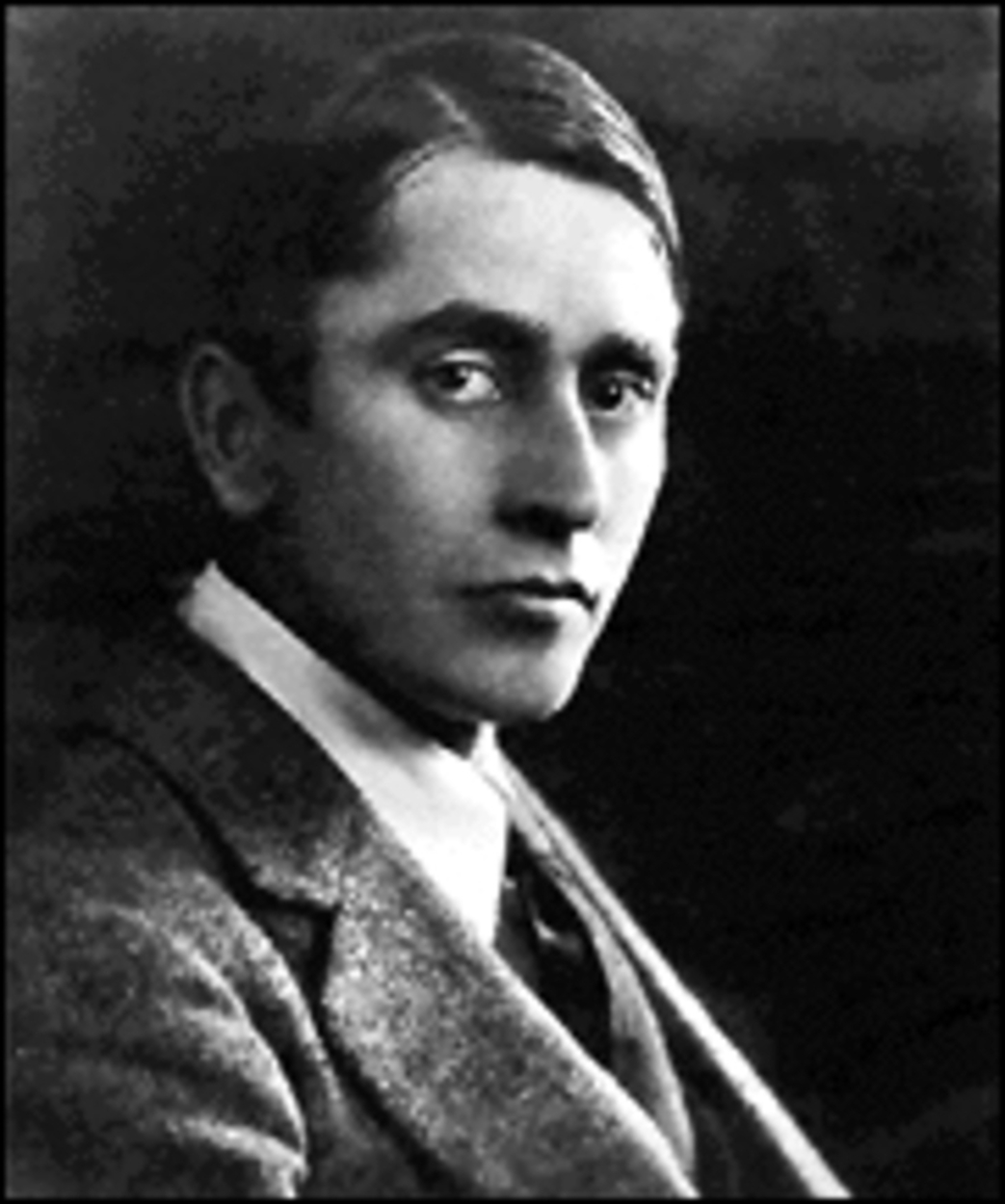Harry Clarke was undoubtedly Ireland's greatest stained-glass artist. Internationally, the name of Harry Clarke is synonymous with quality craftsmanship and imaginative genius in stained-glass work. His use of deep, rich colours and his delicate depictions of beautiful elongated figures with their finely carved features and deep expressive eyes are indeed magical to behold. During his short life, Harry created over 160 stained-glass windows for religious and commercial commissions throughout Ireland and England, and as far afield as the USA and Australia.
While also making illustrations, Clarke continued to work in stained glass. He and his brother Walter produced more than 130 windows, having taken over their father's studio after his death in 1921. Harry Clarke's glass is distinguished by the finesse of its drawing, his use of rich colours (inspired by an early visit to see the stained glass of the Cathedral of Chartres, he was especially fond of deep blues), and innovative integration of the window leading as part of the overall design. Clarke's use of heavy lines in his black-and-white book illustrations was probably derived from his glass techniques.
Clarke's stained-glass work includes many religious windows and also much secular stained glass. Highlights of the former include the windows of the Honan Chapel in University College Cork; of the latter, a window illustrating John Keats' "The Eve of St. Agnes" (now in the Hugh Lane Municipal Gallery in Dublin) and the famous and notorious Geneva Window, which was created for (and rejected by) the Irish office of the International Labour Court. Perhaps his most-seen work is in the windows of Bewley's Café on Dublin's Grafton Street.
This is the first stained glass we have featured on DailyArt. Beautiful, isn't it?




St. Fachnea
stained glass • -
 Harry Clarke
Harry Clarke